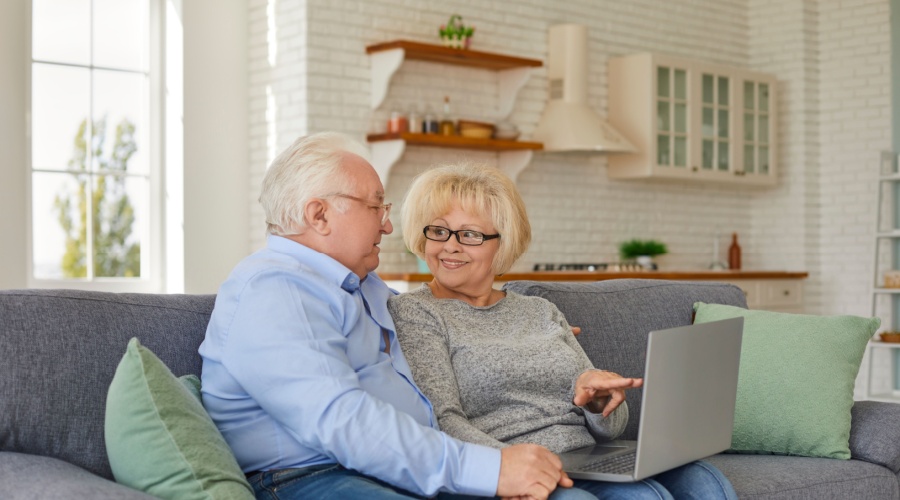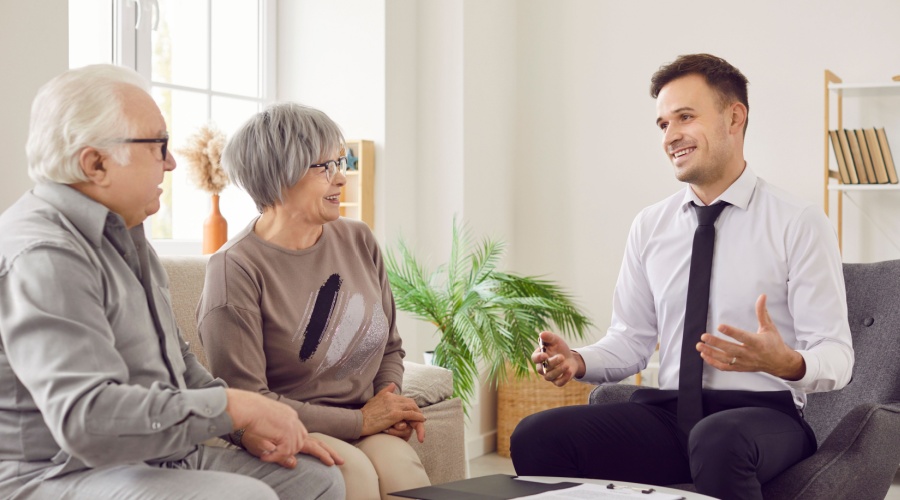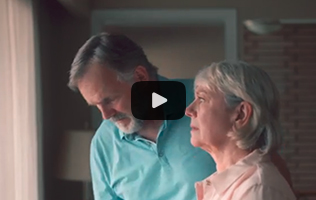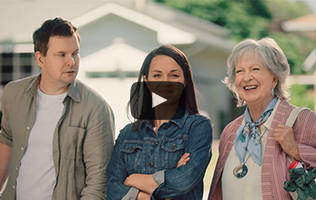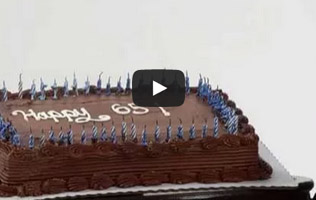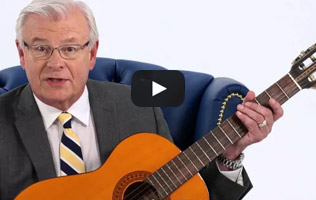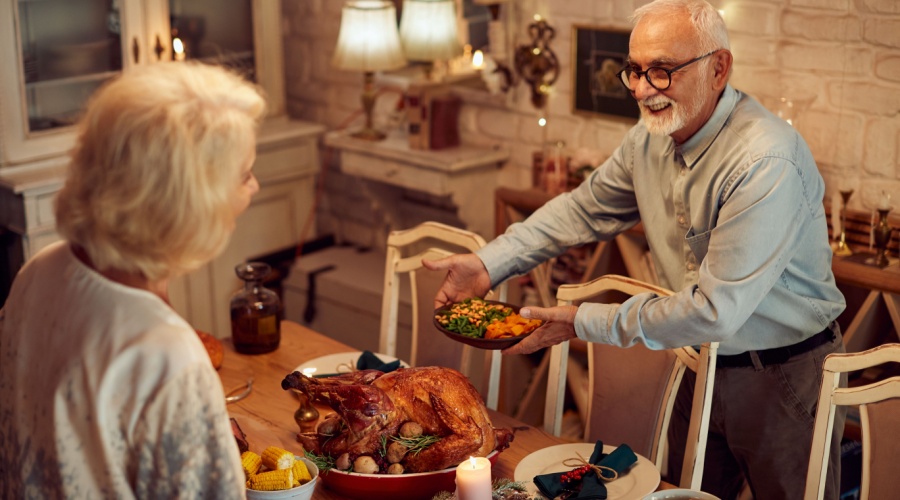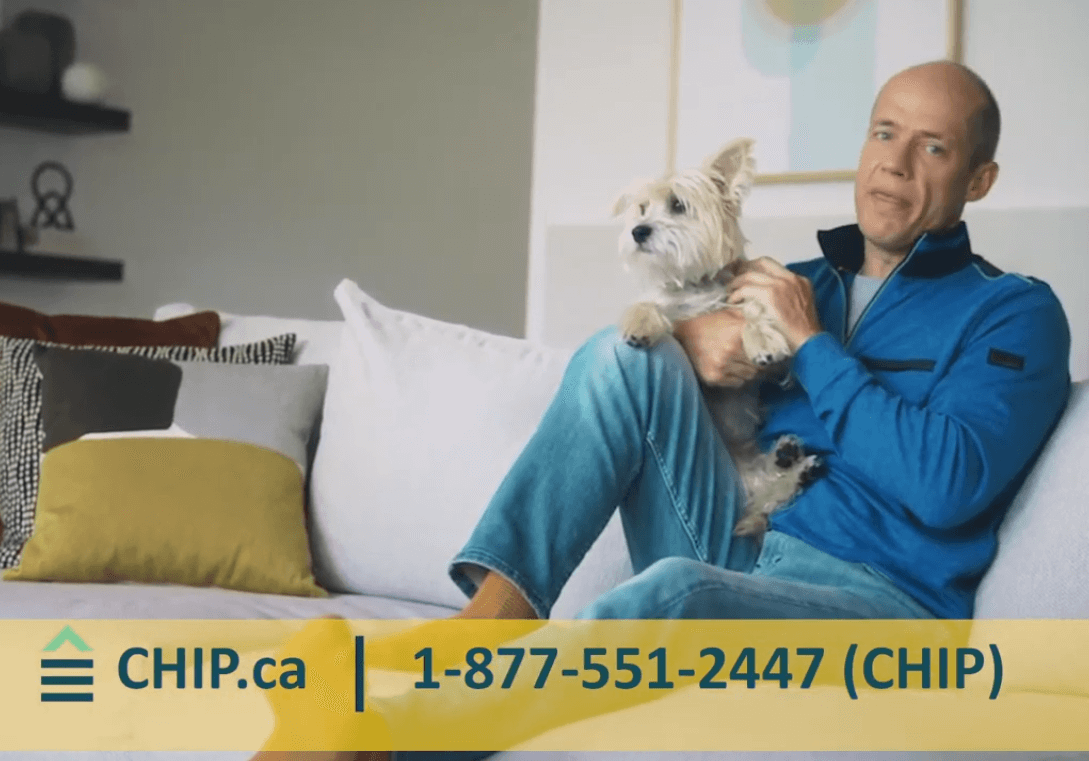Before diving in, here’s a quick overview of the main factors that determine reverse mortgage eligibility in Canada.
Age: You must be at least 55 years old, and so must any co-owners on the title.
Home value: Your home must be worth at least $250,000.
Equity: You can access up to 55% of your home’s value, depending on your age, location, and property condition.
Primary residence: The property must be your main home in Canada (lived in for at least six months per year).
Income & credit: Your income and credit score are not key qualifying factors
When exploring loan options, many Canadian retirees consider a reverse mortgage — and one of the first questions they ask is, “Do I qualify?”
Eligibility depends on a few key factors, such as your age, and the location and condition of your home. Many retirees are pleasantly surprised by what doesn’t affect eligibility — for example, your income level or credit score.
A reverse mortgage allows Canadians aged 55+ to access up to a certain percentage of the equity in their home. It’s typically easier to qualify for than a traditional mortgage or home equity line of credit (HELOC), and you never have to make regular mortgage payments. Plus, the funds you receive are tax-free, freeing up more of your retirement income.
Let’s take a closer look at the specific requirements to qualify for a reverse mortgage in Canada.
What is the minimum age to qualify for a reverse mortgage?
The reverse mortgage age qualification rules are quite rigid. You must be at least 55 years of age. Also, reverse mortgage age qualification rules state that all co-owners of the home (and those on the mortgage) must be at least 55 years of age.
So, let’s say you’re 60 and your spouse is 53. You would need to wait two years before qualifying for a reverse mortgage. If your adult children are co-owners and/or on the mortgage, you wouldn’t be eligible, due to reverse mortgage age qualification rules.
How much equity do you need for a reverse mortgage?
You can borrow up to 55% of your home’s value with a reverse mortgage. The exact amount will depend on several factors, however, such as your age, the condition of your home, and its location.
If you have a mortgage or other loan using your home as collateral (such as a HELOC), you can still qualify for a reverse mortgage, but you would have to use some of the proceeds to pay off your original loan or mortgage.
There is also a minimum home value when it comes to reverse mortgage eligibility. To qualify for a CHIP Reverse Mortgage, for example, your home would need to be valued at $250,000 or more.
No matter what happens to the housing market or however long you have a reverse mortgage, you cannot owe more than the value of your home when you come to sell it. The CHIP Reverse Mortgage offers a “No negative equity guarantee”; this means that if your house loses value when you come to sell it, and the sale price doesn’t cover the cost of the loan, HomeEquity Bank will cover the difference.
On average, CHIP Reverse Mortgage customers still have over 50% of the equity in their home when they sell it. The CHIP home equity calculator can help you to work out how much equity you’re likely to have in your home when you decide to sell it.
What are the property requirements for a reverse mortgage?
This depends on the reverse mortgage lender. There are only a few reverse mortgage lenders in Canada, with HomeEquity Bank (with its CHIP Reverse Mortgage) being one of the most popular options.
Other reverse mortgage lenders will only deal with homeowners in a small number of provinces and often only in large urban centres. HomeEquity Bank, however, provides reverse mortgages across Canada, in urban and rural areas. Homeowners in rural areas may qualify for slightly smaller reverse mortgages than people in urban centres.
Eligible property types for a reverse mortgage in Canada
Most types of homes qualify, including single-family homes, semi-detached houses, townhouses and condos. To qualify, your home needs to be (and kept in) good condition, and property taxes need to be up to date.
What are the residency and occupancy requirements?
Second homes and investment properties (such as properties used for rental income) don’t qualify for a reverse mortgage. Your home must be your primary residence (which means that you live in it for at least six months of the year). It must also be in Canada.
You must continue to live in your home to keep your reverse mortgage. Once the last remaining homeowner moves out, the reverse mortgage must be paid off in full. If two people own the home and are on the mortgage and one has to move out (for example, to live in a care home) the remaining person can continue to live in the home as long as they wish.
What’s the minimum credit score and income needed for a reverse mortgage?
For most property-based loans, such as regular mortgages and HELOCs, a homeowner’s credit score and income are crucial parts of the application process. If you have a low income and/or poor credit score, you might not qualify for a regular mortgage or HELOC, or only qualify with a high interest rate (as you would be considered a high-risk borrower).
With a reverse mortgage, there are no regular mortgage payments to make, so your income is irrelevant when it comes to reverse mortgage eligibility. This is one of the main advantages of a reverse mortgage; it is typically easier to qualify for than a regular mortgage or HELOC.
Also, with no regular mortgage payments to make, retirees’ income can stretch much further. This can allow them to have a higher standard of living in their retirement.
How to apply for a CHIP Reverse Mortgage
We make applying for a CHIP Reverse Mortgage simple and stress-free. These are the steps:
• Book an initial phone meeting to discuss the process and ask any questions.
• Arrange a home appraisal, to determine your home’s market value.
• Receive confirmation of the maximum reverse mortgage funds you’ll qualify for.
• Decide on the amount you’d like to draw, the interest rate option and mortgage rate term.
• Choose a lawyer and consult with them for independent legal advice.
• Sign all necessary documents and return them to HomeEquity Bank.
• Your reverse mortgage funds will then be made available to you.
Find out more about the reverse mortgage application process here.
How much can you get from your CHIP reverse mortgage?
You could qualify to receive as much as 55% of your home’s value, in either a tax-free lump sum or monthly/quarterly payments.
Find out how much you could qualify for with a CHIP Reverse Mortgage by calling us at 1-866-522-2447 or by clicking here for an estimate.









